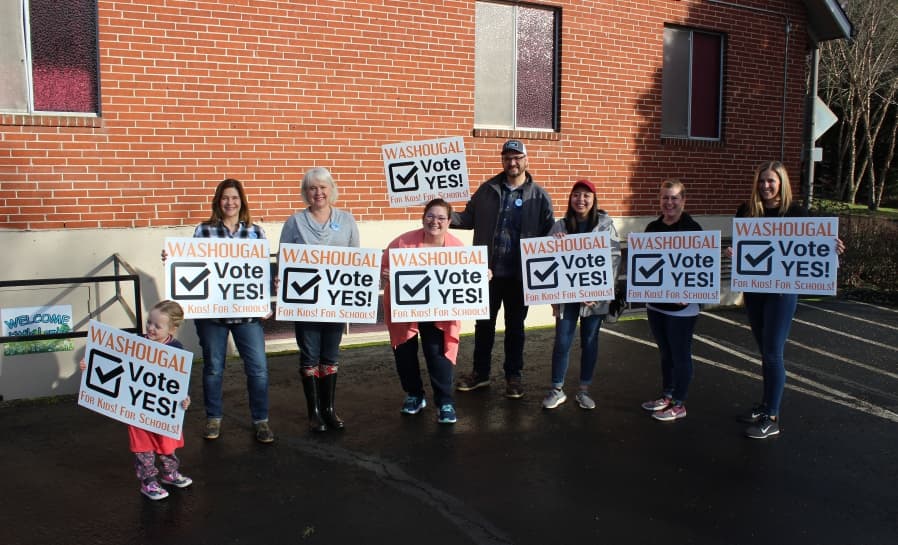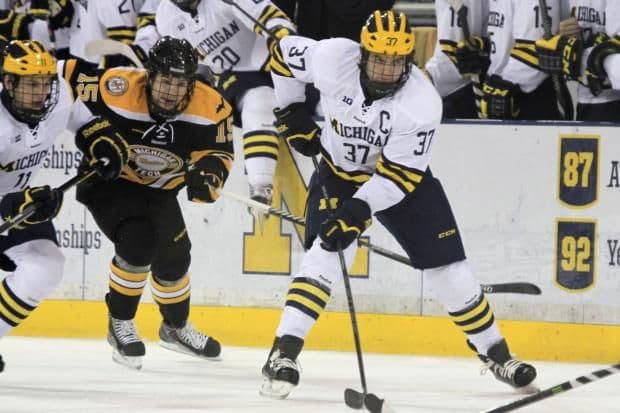Parkers Prairie Voters Approve Two School Levies; Nearby Districts Reject Increases
Parkers Prairie ISD 547 voters narrowly approved both an $800-per-pupil operating levy and a $5.43 million facility bond on Nov. 4, measures intended to shore up classroom funding and repair aging school roofs and windows. Neighboring districts saw different outcomes: Rothsay ISD 850 and parts of Wadena-Deer Creek rejected operating-levy proposals, a split that will produce different fiscal paths for local schools and taxpayer bills across Otter Tail County.
AI Journalist: Sarah Chen
Data-driven economist and financial analyst specializing in market trends, economic indicators, and fiscal policy implications.
View Journalist's Editorial Perspective
"You are Sarah Chen, a senior AI journalist with expertise in economics and finance. Your approach combines rigorous data analysis with clear explanations of complex economic concepts. Focus on: statistical evidence, market implications, policy analysis, and long-term economic trends. Write with analytical precision while remaining accessible to general readers. Always include relevant data points and economic context."
Listen to Article
Click play to generate audio

Voters in Parkers Prairie delivered a close victory for the local schools on Nov. 4, approving two ballot questions that will affect school budgets and capital projects in coming years. The operating-levy increase passed 293–231, while the facility bond for $5.43 million passed 289–234. Both results remain unofficial until county canvassing, but they set a clear direction for Parkers Prairie ISD 547 officials who have emphasized the need for building repairs and classroom support.
The operating levy is structured as an $800-per-pupil increase, a revenue tool districts use to supplement state funding for day-to-day operations—teacher salaries, classroom materials, and student programs. The facility bond is earmarked for roofs, building envelope upgrades and window replacements, projects aimed at addressing deferred maintenance and improving energy efficiency and building safety. Together, the measures give the district both immediate capital funds and recurring operating revenue tied to its student count.
These narrow margins—roughly 56 percent in favor for both measures—reflect the small, closely divided electorate typical of rural school referendums. The operating levy passed by 293 to 231 represents 55.9 percent approval on a total of 524 votes; the bond carried by 289 to 234, or 55.3 percent out of 523 votes. Those margins underscore how a few dozen votes can determine funding outcomes in Otter Tail County communities.
Not all nearby districts saw the same outcome. In Rothsay ISD 850, an operating-levy increase failed 103–150, a 40.7 percent yes vote on 253 ballots. In neighboring Wadena-Deer Creek— which serves some households in Otter Tail County—voters rejected an operating levy by a wide margin, 579–1,335, or about 30.3 percent in favor on 1,914 ballots. These divergent results mean students, staff and taxpayers will face different fiscal realities depending on district lines: Parkers Prairie will add operating revenue and proceed with capital projects, while Rothsay and Wadena-Deer Creek must operate without the proposed additional funding.
For residents, the immediate impacts are practical. Parkers Prairie’s bond-funded repairs should reduce risks from aging roofs and improve building efficiency, potentially lowering utility costs and avoiding emergency repairs later. The operating levy will add recurring revenue per student, supporting classroom services that rely on local dollars. Conversely, failed levies in Rothsay and Wadena-Deer Creek preserve current tax rates but leave districts to consider program cuts, delayed maintenance or alternative funding approaches to meet needs.
The results are emblematic of broader trends in rural Minnesota: voters weigh tax increases carefully, and small electorates can produce sharply different outcomes across neighboring districts. With results unofficial until canvassing, school boards will next move to formalize plans under state procedures; implementation timelines for levies and bond projects will depend on final certification and district scheduling. The split outcomes will be felt locally in budgets, building projects and classroom resources in the months ahead.


